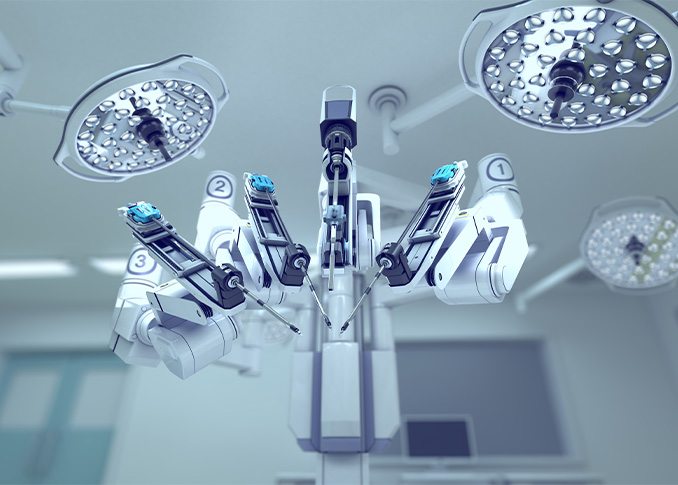
Robotic Surgery Market
Revolutionizing Surgical Precision
The medical field is embracing a new era of surgical precision with the innovation of highly intelligent and reliable medical device robots. In surgeries, the robots enhance dexterity and magnify visualization to help procedures be as minimally invasive as possible. The results are faster patient recovery, less tissue disruption, and improved outcomes. Computer-assisted surgery is also used to aid in surgical planning and implementation.
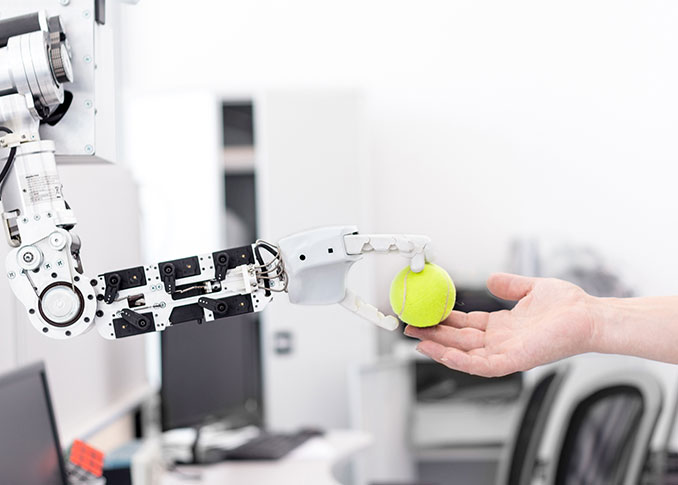
Medical robots are helpful in assistive and rehabilitation therapy by providing missing movements, sensing, dexterity, and natural mobility of injured or paralyzed limbs. People suffering from hip or knee conditions utilize robots to mimic the damaged body parts to decrease slipping and other accidents.
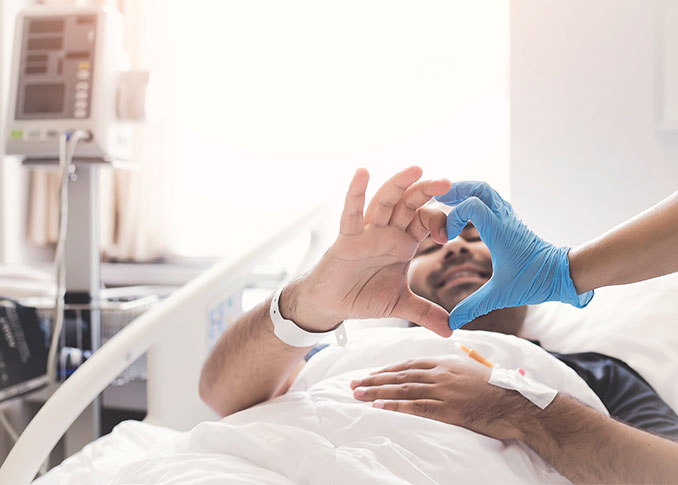
Medical robots are used in cardiac and cardiothoracic surgery to assist in anatomic repair. When sternum-splitting incisions are needed to gain access to the heart, robots provide better visualization, resulting in smaller incisions. Other applications include:
- Mitral valve repair and replacement
- Atrial septal repair
- Coronary artery bypass
- Pericardiectomy

Medical robots are used in ear, nose, and throat (ENT) surgeries for their precision. This reduces visible scars and prevents neck and shoulder damage. Robots use guided miniature instruments inside the neck and head for ultrasonic vibration and cautery or laser removal of lesions. Benefits include reduced blood loss, reduced risk of infection, and quicker recovery rates.
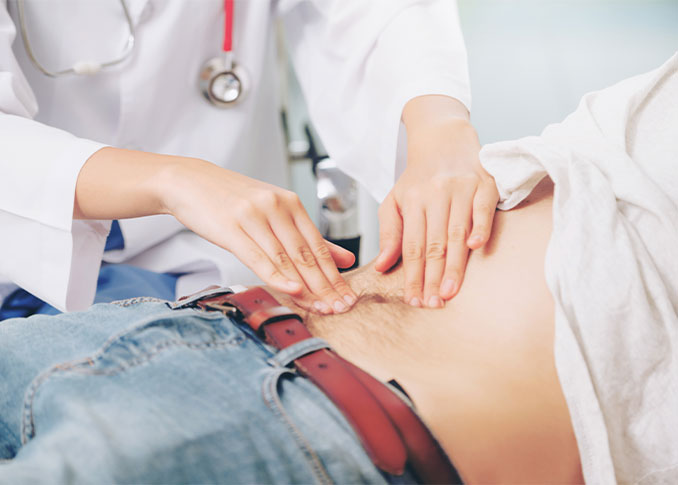
Gastrointestinal surgeries employ surgical robots to improve precision. The robots are best suited for complex and delicate surgeries around the chest and abdomen. Some common treatment applications include:
- Achalasia
- Hiatal hernia repair
- Nissen fundoplication
- Cholecystectomy
- Colon resections
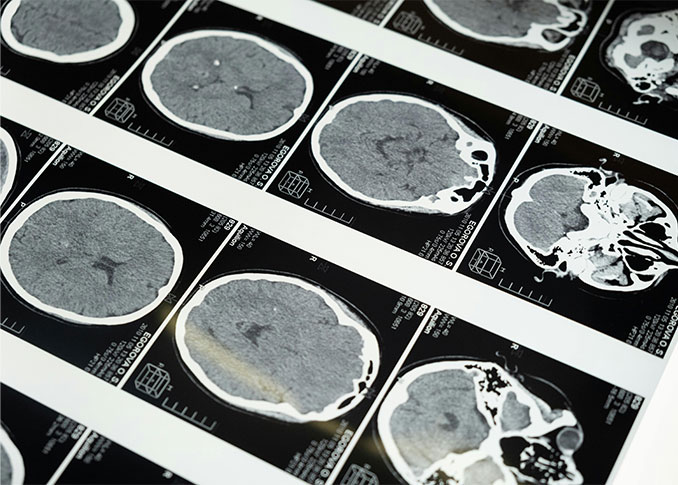
Medical robots have been growing in importance due to their accuracy in even the most complex medical procedures. The brain has a long, narrow surgical corridor that can easily be damaged by small surgical instruments. To minimize this risk, medical robots with geometrics are used to handle different tasks with precision. Common applications include:
- Craniotomy
- Shunt
- Implants
- Deep brain stimulation
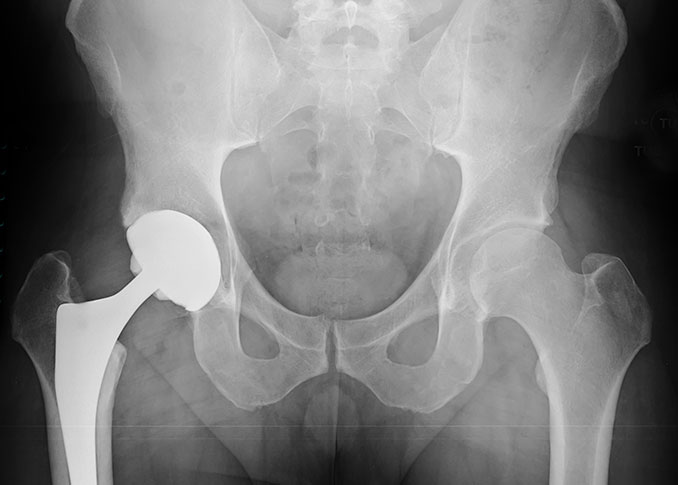
In orthopedic surgery, medical robots are used for their accuracy and efficiency in component placement. They are used for computer navigation and for the mapping of bones. Computer assisted procedures include:
- Hip replacements
- Knee replacements
- Trauma
- Pedicle screw fixation
- Other spinal procedures
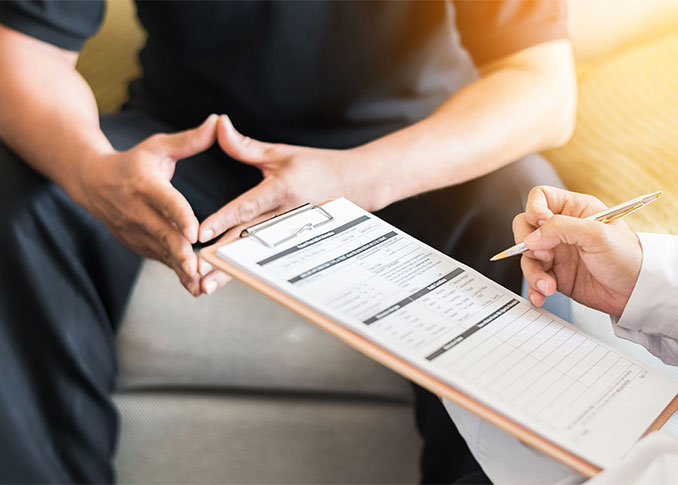
In cancer operations, robot-assisted surgery provides better visualization of tissue planes and decreases blood loss. In radical prostatectomies, the accuracy of the robots allows for accurate dissection and the prevention of injury to the neurovascular bundle. Applications include:
- Radical prostatectomy
- Nephrectomy
- Adrenalectomy
